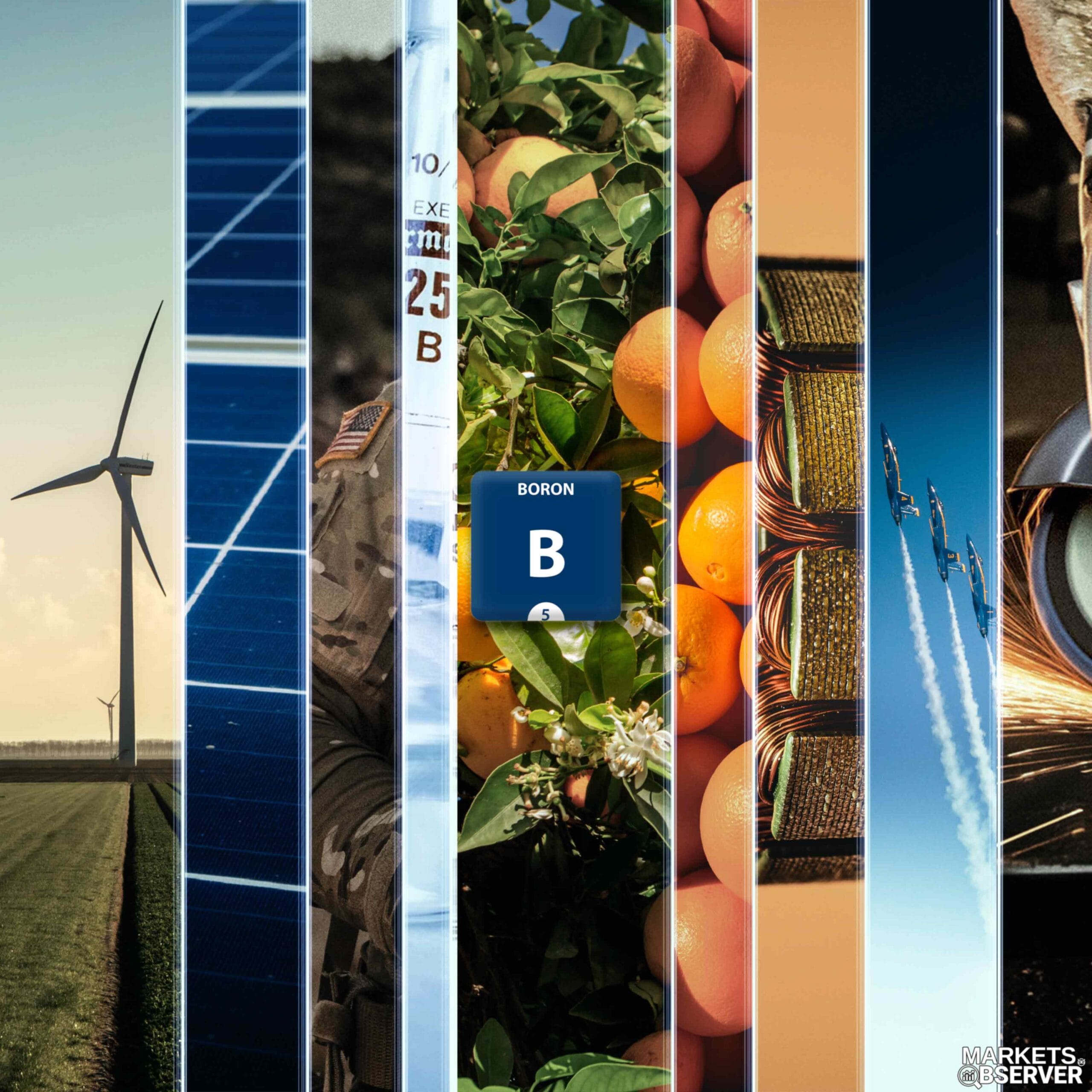Key Points:
Boron forms part of several materials and compounds, including:
- Boric acid: A compound used in cleaning products, insecticides, and as a fire retardant.
- Borax: A naturally occurring mineral salt used in cleaning products, as a flux in metallurgical processes, and as a component of glass and ceramics.
- Boron nitride: A synthetic compound used in high-temperature applications, including as a lubricant, thermal conductor, and electrical insulator. It comes in three forms: hexagonal boron nitride (HBN), cubic boron nitride (CBN), and pyrolytic boron nitride (PBN).
- Boron carbide: An extremely hard and strong material used in cutting tools, armor, and abrasives.
- Borosilicate glass: A type of glass that is known for its high strength, thermal stability, transparency, and resistance to weathering. It is used in the production of laboratory equipment, solar panels, and cookware.
- Steel and alloys: Boron is used as a hardening agent in steel and other alloys to improve their strength and durability.
Boron is a chemical element that is found in a variety of compounds, including borax, boric acid, and borosilicate glass.
Boron compounds have a wide range of applications, including in the production of glass, ceramics, and steel. In the glass industry, boron compounds are used as a flux to lower the melting point of the glass mixture, allowing it to be produced at a lower temperature and reducing energy consumption.
In ceramics production, boron compounds are used as a sintering aid to improve the density and strength of the final product. In steel production, boron is added as a hardening agent to improve the mechanical properties of the metal.
Borax and Boric Acid
Borax and Boric Acid are naturally occurring compounds that contain boron.
- Borax, also known as sodium borate, is a white powder that is commonly used in detergents, cleaning products, and as a flux in welding and brazing.
- Boric acid, on the other hand, is a colourless crystalline compound that is used in a wide range of applications, including as a mild antiseptic, insecticide, and flame retardant.
Boron in Glass and Ceramics
Boron is used in the production of glass and ceramics, where it acts as a hardening agent.
- In glass production, boron is added to the melt to increase its strength and durability.
- In ceramics, boron helps to improve the mechanical properties of the final product.
Boron in Alloys
Boron is added to steel and other alloys as a hardening agent to improve their strength and hardness. The boron in these alloys forms borides, which are strong and wear-resistant compounds that enhance the performance of the alloys in various applications.
Boron in Agriculture
In agriculture, boron is used as a fertilizer to improve plant growth and development. It is an essential micronutrient that helps plants to absorb other nutrients, such as nitrogen and phosphorous, and promotes healthy root development, flower production, and seed formation.
Boron in Solar Panel Technology
Boron is an important component of solar panel technology, where it is used in the production of borosilicate glass. This type of glass is known for its high strength, thermal stability, transparency, and resistance to weathering, making it ideal for use in solar panels.
Boron Nitrides:
Boron nitride is a family of materials that includes hexagonal boron nitride (h-BN), cubic boron nitride (c-BN), and pyrolytic boron nitride (p-BN).
- h-BN and c-BN are both forms of crystal boron nitride and are used for their high thermal and chemical stability, as well as their high electrical and thermal conductivity.
- p-BN, on the other hand, is a synthetic material that is produced by heating h-BN in a nitrogen atmosphere.
Applications for Boron Nitrides
Boron nitrides have a wide range of applications, including in electronics, energy production, and advanced materials.
- In electronics, they are used as a substrate material for high-performance semiconductors and as a dielectric material in high-frequency devices.
- In energy production, they are used as a high-temperature insulating material in nuclear reactors and as a thermal management material in high-power electronic devices.
- In advanced materials, they are used as a lubricant, a protective coating, and as a high-temperature material for advanced manufacturing processes.
Pyrolytic Boron Nitride
Pyrolytic Boron Nitride (PBN) is a form of boron nitride that is widely used in high-temperature and high-wear applications. It is known for its exceptional thermal stability and high mechanical strength, making it ideal for use in high-performance coatings, heat exchangers, and other applications where high temperatures and wear resistance are important.



